Issues with Apple's butterfly keyboard mechanism are again popping to the forefront, after a high-profile account in the Wall Street Journal about a failure in a 2018 model, and it is past time that Apple be more forceful about the issue.
The butterfly key switch in the MacBook has a history of reliability concerns from users ever since its introduction, which has resulted in a considerable rise in repair requests compared to models with older mechanisms. AppleInsider found out in April 2018 the failure rates were double that of previous mechanisms, indicating there likely will be issues with the design until Apple rethinks how it is implemented.
In an article for the Wall Street Journal by Joanna Stern, an incident of sticking keys prompted an exploration of the history of Apple keyboard issues, before drilling down to the core of the issue. Apple's butterfly mechanism is designed to have a small amount of "travel," the distance the key moves up and down when pressed, and that dust or other debris could gum up the mechanism to stop it from working.
The article notes Apple's addition of an "elastic membrane" to the mechanism to make the keys quieter and to "prevent stuff from getting inside it." While Apple has previously advised the third-generation keyboard is quieter, it did not extend improvements to reliability, with "no new engineering or tweaks" made to the mechanism.
Independent testing of the membrane has also put the suggestion the membrane would fix reliability flaws to rest. While small amounts of fine dust could be pushed to the edges, keeping the mechanism clear, increased levels of dust results in ingress through the layer and jamming the mechanism as before.
Apple has tended to avoid providing any assurances of improvements made to its keyboards, or the issue as a whole, typically offering responses stating it affects "a very small percentage of customers" and general statements relating to future enhancements.
Apple issued an apologetic statement to Stern and that small number of affected users, similar to what it has done in the past.
Failure sticks around
We've been tracking the keyboard failure rates since 2016, and gone back to get the same data ranging all the way back to the 2012 MacBook Pro with Retina Display. Overall, the total number of service calls is lower for both the 2016 and 2017 MacBook Pro in their first years of service, versus the older models, even including the keyboard failures — and not including Retina display coating de-lamination.
Given that the volumes of MacBook Pros sold per year over the range of the product line are static, this still points to a more reliable computer overall — which is good considering that there are no user-replaceable parts.
We're not going to delve into the numbers today, but we will be talking about them more in April in a larger piece about the ridiculously named whatever-gates that pop up from time to time. However, as a preview of that examination, as we've collected more data, the keyboard failure percentages for the 2016 and 2017 are unchanged from the first year and beyond, and there has been no surge of people seeking repair after the repair program launched.
The 2018 model has a smaller data set, but the failure rate on the keyboards is lower than the 2016, and about the same as it was on the 2017, even with the membrane in question added for a more silent typing experience. This emphasizes Apple's previous statement on the matter, that the membrane was more for a quieter typing experience than anything else.
Since the MacBook Pro 2017 launched, the repair service data is very clear that the keyboards were different from a reliability standpoint, beyond any membrane on the later 2018. They certainly are on the outside, from a marking perspective, with the symbols on the control and option keys differing from previous.
Some of this issue remains a perception one, exacerbated by the Apple echo chamber which will be fired up again by Stern's report. Apple's "small percentage of users" afflicted by the problem still adds up to tens of thousands of complaints and service calls, and this is a loud group, as it should be. This is then amplified by social media — which is the main reason why we collected the hard data in the first place, to see if there was actually an issue worth discussing.
It turns out there was a problem, and is still worth discussing. And, it is still one worthy of a repair program, and we'd like to see it extended to the 2018 keyboard as well. What it is not, though, is something that will impact every user of the machine, everywhere.
Again and still, from a user perspective, AppleInsider recommends that if you've got the problem in the 2016 and 2017 MacBook Pro, go get it fixed. If you've got it in your 2018, you're still under warranty.
Otherwise, let's hope that the repair program for the keyboard gets extended.
 Mike Wuerthele and Malcolm Owen
Mike Wuerthele and Malcolm Owen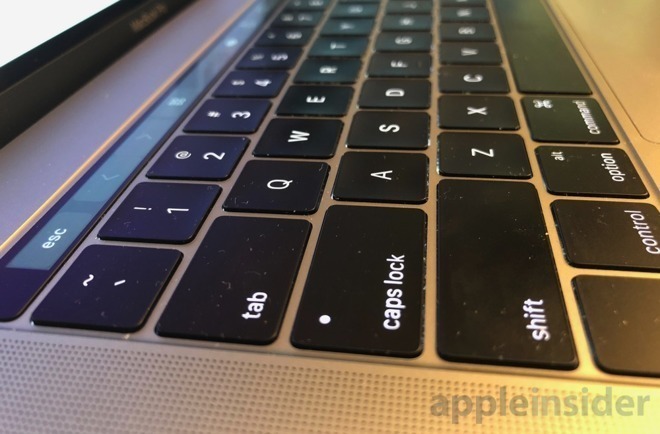

-m.jpg)





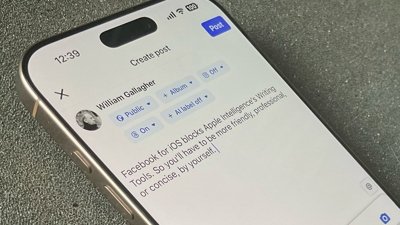
 William Gallagher
William Gallagher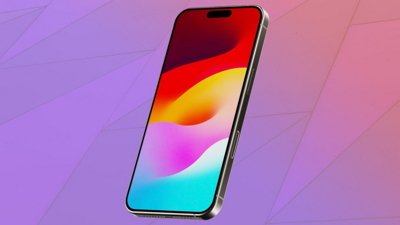
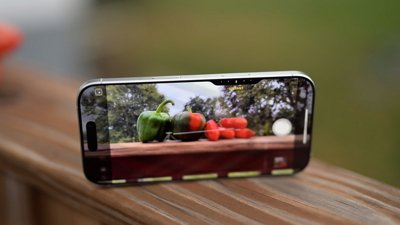
 Andrew O'Hara
Andrew O'Hara
 Wesley Hilliard
Wesley Hilliard

 Malcolm Owen
Malcolm Owen
 Marko Zivkovic
Marko Zivkovic
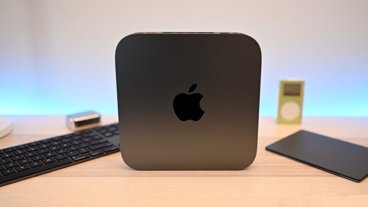
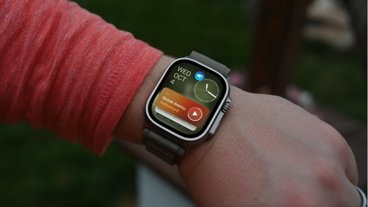
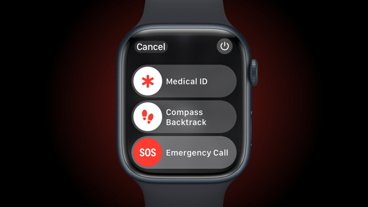


-m.jpg)




79 Comments
I've been having keyboard problems on my 2017 MacBook. But the repair means doing without your computer for a week as they send it out for repair, and so I haven't reported my problems yet. I wonder how many others might be in my position, artificially deflating the number of users affected.
Here’s what John Gruber wrote this morning. Ouch. We know Apple employee read his site. Apple should stop doubling down on a keyboard it appears many Mac users don’t care for. It does hurt brand reputation.
https://daringfireball.net/linked/2019/03/27/strn-kyboard Devastating column from Joanna Stern on the continuing saga of the unreliable keyboards in Apple’s MacBook lineup. I consider these keyboards the worst products in Apple history. MacBooks should have the best keyboards in the industry; instead they’re the worst. They’re doing lasting harm to the reputation of the MacBook brand.
It is just so unfortunate that Apple keeps hanging onto this design generation, as it made me switch to a Surface Pro from a Macbook Air 2013 a few moths ago. This while I really liked the Macbook Air with absolutely no problems in the 5 years I used it. This generation for me personally just brings to many compromises (keyboard, ports and choice between an up-to-date processor or a function row), and with an large price increase made me look at other options. Hope the new generation improves the situation.
Wow, what a critical and hard-hitting piece of journalism.
What I got from that is a small percentage of people who have recent MacBooks end up with keyboard problems, and those users should "
Oh, and also, the small percentage of users who had problems with keyboards before 2016 was (perhaps) half the size.
And, for some reason Apple should "apologize" for not creating perfect, faultless devices.
Shrug. I have a 2016 MacBook Pro and I love it and am in the "large percentage" of users without a problem.